Help in identifying style/year of old Armoirs
ulla01
11 years ago
Related Stories

UNIVERSAL DESIGNMy Houzz: Universal Design Helps an 8-Year-Old Feel at Home
An innovative sensory room, wide doors and hallways, and other thoughtful design moves make this Canadian home work for the whole family
Full Story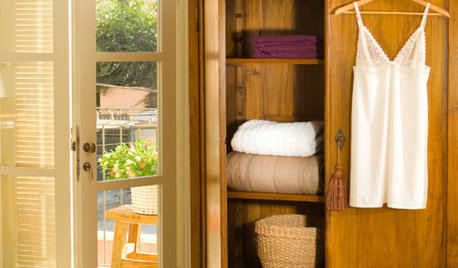
FURNITURE12 Ways to Use a Good Old Armoire
Add a Hutch for Instant Storage and Style in All Kinds of Places
Full Story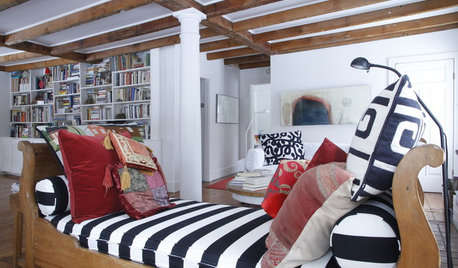
HOUZZ TOURSMy Houzz: 38 Years of Renovations Help Artists Live Their Dream
Twin art studios. Space for every book and model ship. After four decades of remodeling, this farmhouse has two happy homeowners
Full Story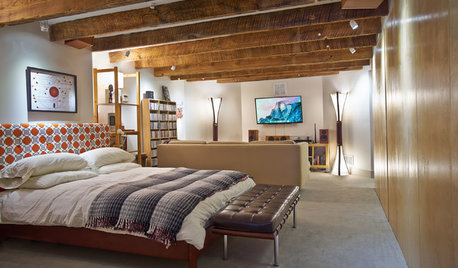
BASEMENTSRoom of the Day: Swank Basement Redo for a 100-Year-Old Row House
A downtown Knoxville basement goes from low-ceilinged cave to welcoming guest retreat
Full Story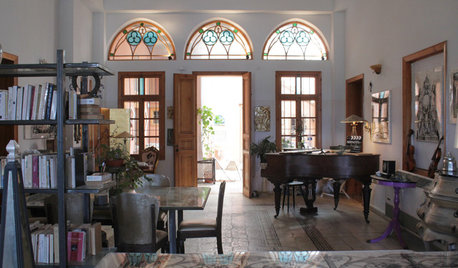
HOUZZ TOURSMy Houzz: An Artistic Life Fills a 150-Year-Old Home
A gorgeous courtyard, eclectic style and original details shine in a Paris-born artist's beachside rental
Full Story
GARDENING FOR BIRDSBackyard Birds: How to Identify Two Common Woodpeckers
Downy and hairy woodpeckers have similar coloration and behavior. But there are two big differences that separate them
Full Story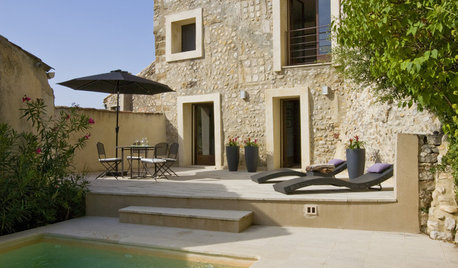
MODERN HOMESHouzz Tour: 800-Year-Old Walls, Modern Interiors in Provence
Old architecture and new additions mix beautifully in a luxurious renovated vacation home
Full Story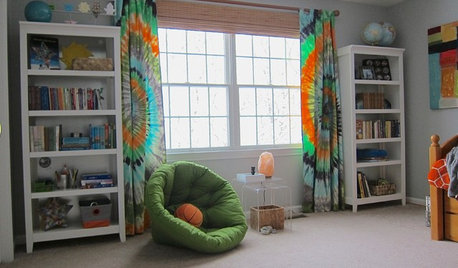
KIDS’ SPACESThis Designer’s Client Was Her 10-Year-Old Son
What do you give a boy with a too-babyish bedroom when he’s approaching double digits? See for yourself
Full Story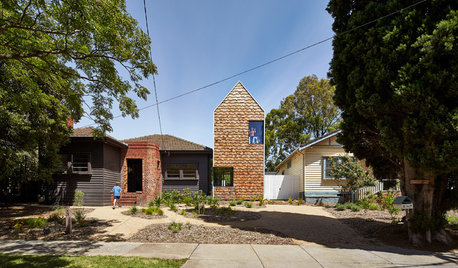
MOST POPULARHouzz Tour: A Playful Home Drawn Up by 8-Year-Old Twins
Plans for this innovative tower home in Melbourne were going nowhere — until the homeowners’ twins came to the rescue
Full Story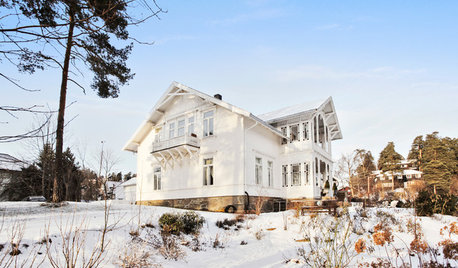
HOUZZ TOURSHouzz Tour: Updated Elegance for a 200-Year-Old Norwegian Mansion
Original details are restored to glory with a modern color palette and set off by fresh furnishings and a more open layout
Full Story






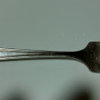



ulla01Original Author
ulla01Original Author
Related Professionals
Englewood Furniture & Accessories · Kansas City Furniture & Accessories · Ridgewood Furniture & Accessories · Caledonia Interior Designers & Decorators · Garden Acres Interior Designers & Decorators · Rockland Interior Designers & Decorators · Baldwin Painters · East Massapequa Painters · Lakewood Painters · Petaluma Painters · Shaker Heights Painters · Sun City Center Painters · Marietta Furniture & Accessories · Woodstock Furniture & Accessories · Atlanta Professional Organizersulla01Original Author
patty_cakes
lazy_gardens
ulla01Original Author
ulla01Original Author
lindac
texasredhead
ulla01Original Author
calliope
ulla01Original Author
ulla01Original Author
calliope
jemdandy